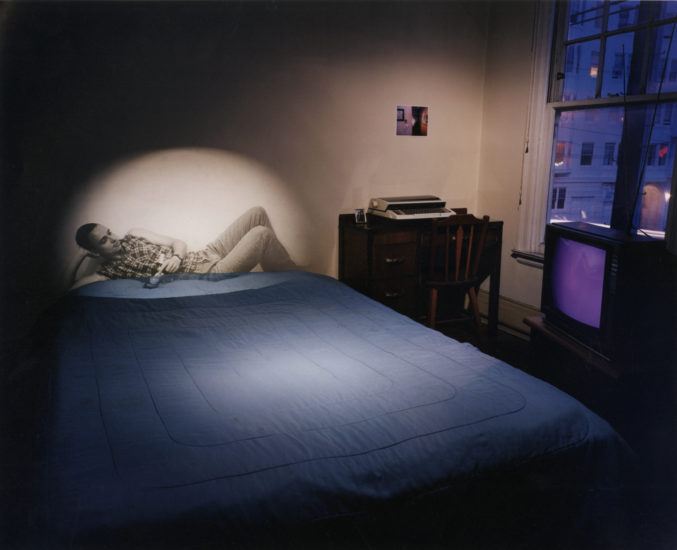At Real Life, Rachel Giese writes about the affinities and infrastructures that gay communities in cities like New York and Toronto had to build to survive the AIDS crisis of the 1980s and '90s. From AIDS clinics to gay community spaces, this infrastructure of survival was built by grassroots activist at a time when governments were denying the crisis and refusing to help. Giese suggests that the same kind of DIY community building can help us resist and survive the period of xenophobia and right-wing backlash we are entering.
We didn’t have traditions to draw on: Our families of origin in far too many cases disowned us, and pop culture and media ignored or mocked us. Many of us hadn’t met anyone else like us until we were adults, believing as children and teenagers that we were all alone. We had to imagine ourselves, and our tools, into being. This time of fear and threat pushed us out of the closet, instigating a massive political and cultural revolution.
Networks of support dreamed up in living rooms and on dance floors evolved into hospices, high schools for queer teenagers, health clinics, film festivals, churches and synagogues, Pride marches, party circuits, and advocacy groups. Within the span of a few decades, institutions were built from scratch, funded from the proceeds of drag shows and club nights. Spontaneous vigils and rallies advertised by leaflets and phone trees grew into sophisticated political lobbying efforts that now have staff and offices. Ad hoc volunteer campaigns to pass out condoms in bars and parks evolved into safer sex education programs. New York and Chicago’s Black and Latinx underground drag balls created alternate family units and developed a uniquely queer art form. Gay and lesbian writers penned a canon of novels, poems and plays.
Lots of our efforts failed and rarely did we all — gay and lesbian, bi and trans, white folks and people of color, women and men, radicals and moderates, provocateurs and assimilationists — agree. And yet, collectively, we secured a slate of civil rights protections and anti-discrimination laws more rapidly than anyone would have thought possible.
Image: Untitled Memory (Slide projection of Axel H.), 1998, by Shimon Attie. Via Real Life.
